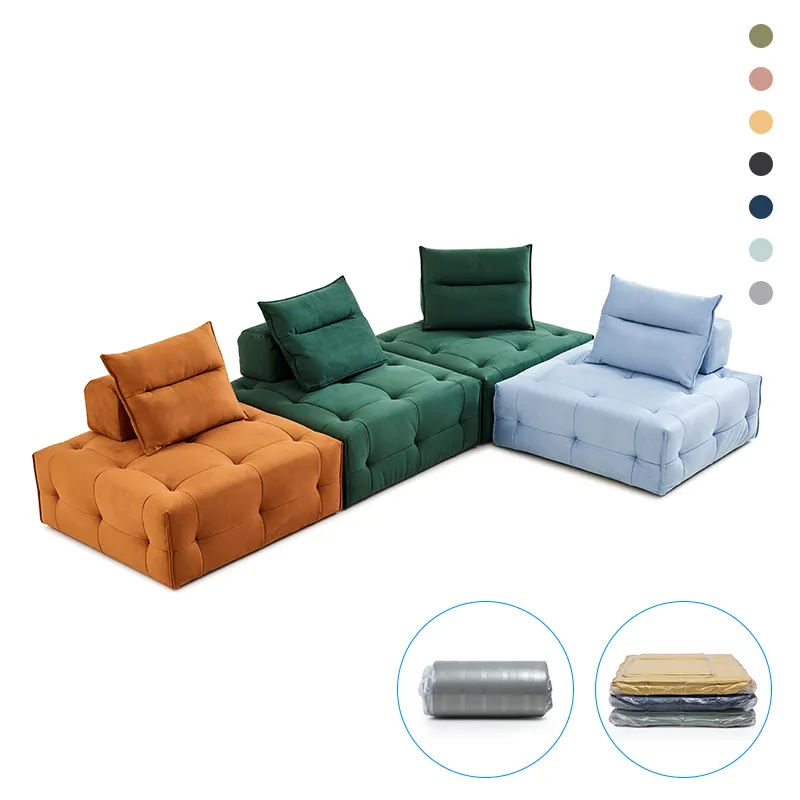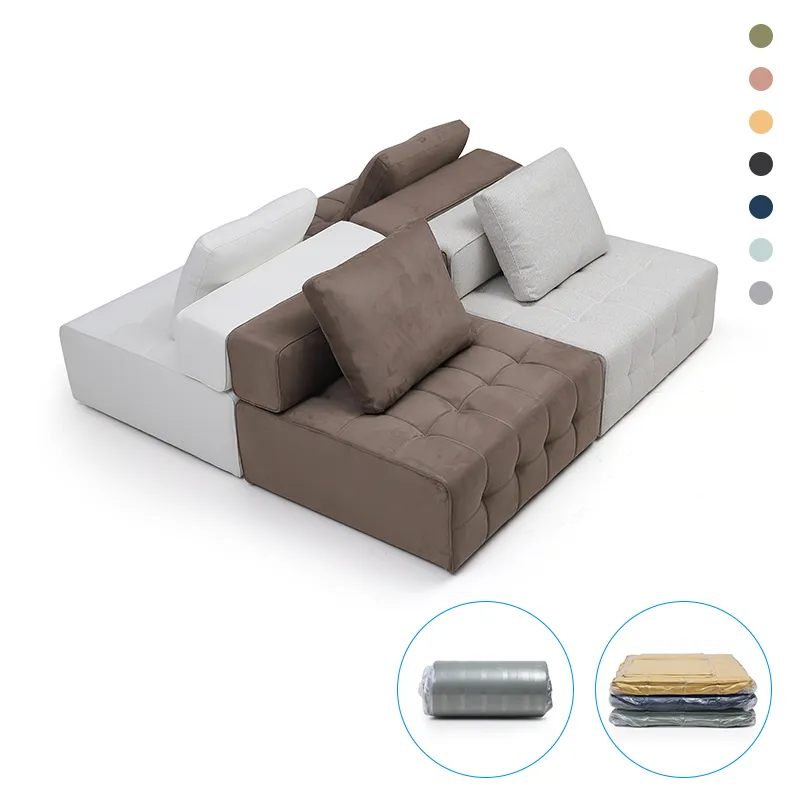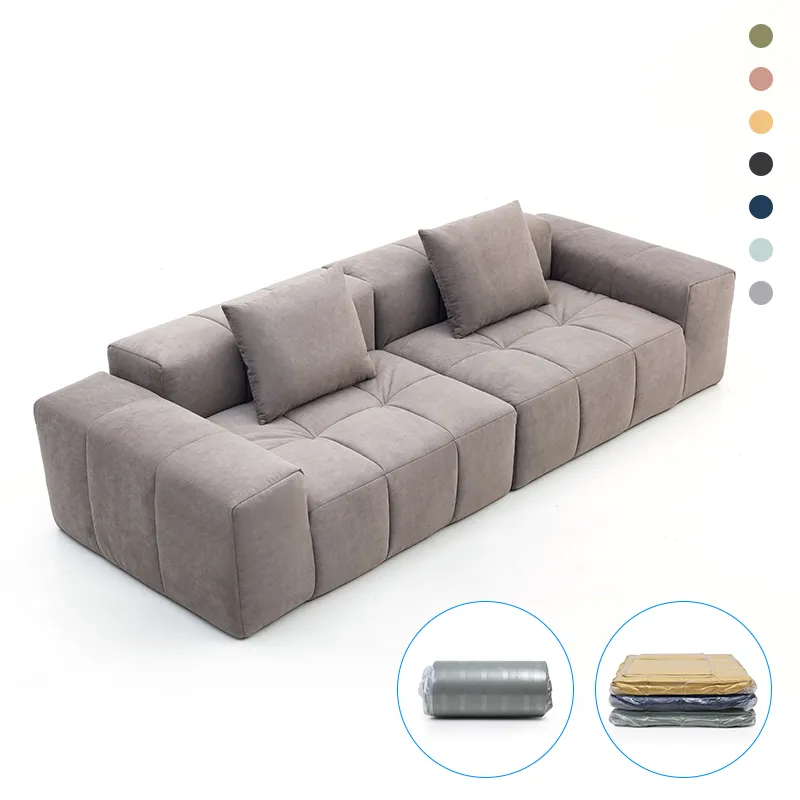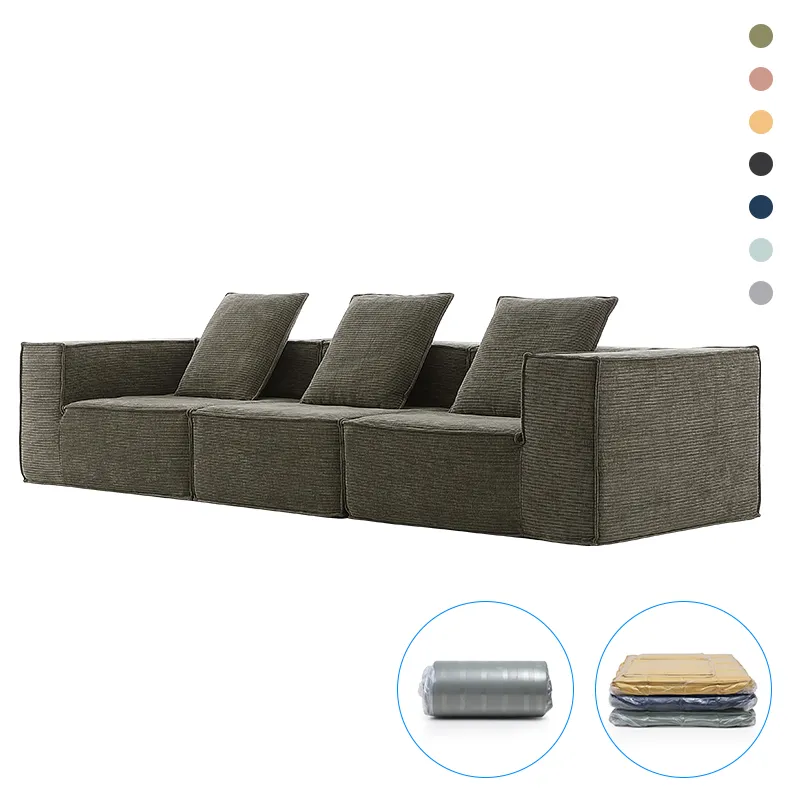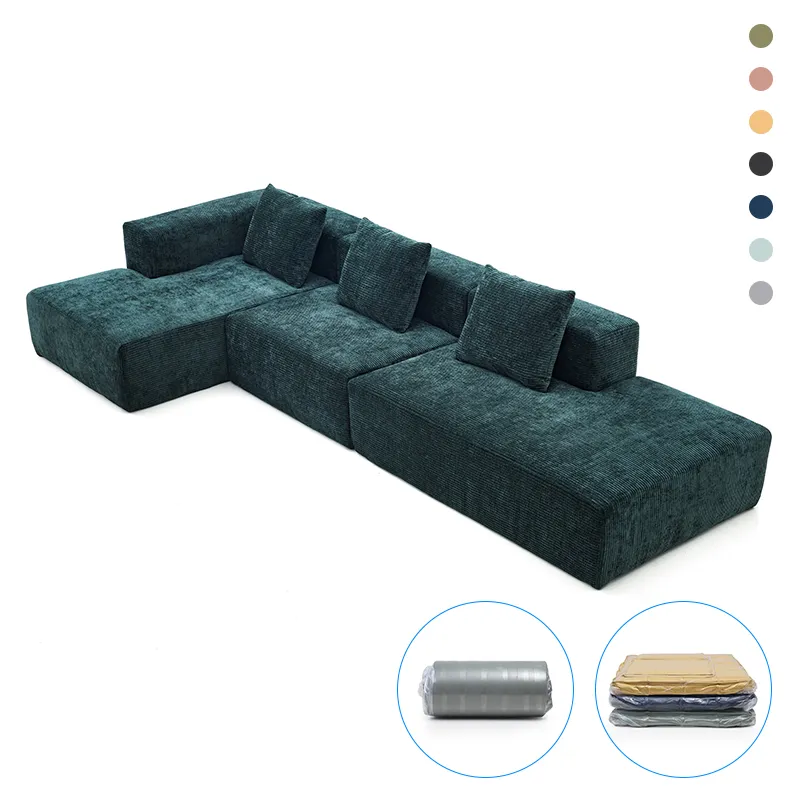Modern Conference Table and Chair Sets for Dynamic Workspaces – Durability, Comfort & Sustainability
Why Conference Table and Chair Sets Matter More Than You Might Think
When you think of conference table and chair sets, it might seem like just another piece of office furniture. But in reality, these sets aren’t merely decorative — they frame the environments where crucial decisions are made, where creativity bursts forth, and where collaboration breathes life into ideas. Globally, as businesses and organizations continue to broaden their reach, choosing the right conference tables and chairs becomes a silent yet powerful catalyst for enhanced productivity, comfort, and even brand identity.
The global office furniture market, valued at over $50 billion in recent years (source: Statista), shows a steady demand for conference room essentials. And it’s not just corporate offices. Nonprofits, governments, educational institutions, and even remote work hubs are all rethinking their conference spaces with smarter, adaptable furniture. After all, how you meet — literally where you meet — impacts not only efficiency but also team morale and sustainability commitments. So understanding the nuances behind conference table and chair sets isn’t just about style; it’s about shaping future-ready workplaces and environments.
The Global Landscape: Conference Environments in Context
Around the world, conference rooms help shape dialogue on everything from multinational trade deals to grassroots community initiatives. According to an ISO report, ergonomics and flexibility in office furniture have become essential to improving worker well-being, which correlates to overall economic growth.
Yet the challenge remains: offices and meeting places face tight budget constraints, fluctuating team sizes, and a growing need for multifunctional spaces. Traditional bulky furniture often hinders quick rearrangements or remote collaboration setups. This is where modern conference table and chair sets come into play — offering modularity, durability, and comfort to answer current and future workspace demands.
Defining Conference Table and Chair Sets
So, what exactly are conference table and chair sets? Simply put, they are coordinated furniture collections designed to provide comfortable seating and a functional tabletop for group discussions, presentations, brainstorming sessions, or formal meetings. They range from simple, minimalist designs to elaborate, tech-integrated creations.
Their role extends beyond furnishing. These sets foster interpersonal connections — whether in a corporate headquarters, a UN briefing room, or a community center. They help meet the evolving demands of hybrid work, humanitarian agencies, and educational environments while often embodying cultural and organizational values.
Core Components That Make or Break Conference Furniture
1. Durability & Materials
Frankly, conference furniture takes a beating — long hours, frequent rearrangement, and often impromptu coffee spills. The material choice, such as engineered wood, metal alloys, or high-quality plastic composites, must be resilient yet attractive. Many manufacturers are now adopting eco-friendly materials certified by standards like FSC or ISO 14001 to meet sustainability goals.
2. Ergonomics & Comfort
Chairs and tables that support proper posture and reduce fatigue naturally boost concentration and participation. Adjustable stools, breathable fabrics, and contour-supporting cushions are common features. After all, no one can focus when their back aches halfway through a meeting — I’ve been there.
3. Scalability & Modularity
Meeting sizes fluctuate — from quick two-person check-ins to large board meetings. Modular conference table and chair sets that expand or collapse on demand solve this nicely. Interlocking tables and stackable chairs add flexibility, giving organizations room to adapt without repeated purchases.
4. Technology Integration
Power outlets embedded in tabletops, cable management, and wireless charging stations are no longer luxuries. Smart conferencing demands smart furniture. As video calls and interactive presentations dominate, such integrations are crucial for seamless collaboration.
5. Cost Efficiency
Balancing quality and price is key. While premium sets cost more upfront, their durability and flexibility often mean lower replacement and maintenance costs over time. Organizations need to assess their needs carefully to maximize value without overpaying.
6. Aesthetic & Branding
Last but not least — the visual impact. Many companies use consistent design motifs to reinforce brand identity and culture. Conference rooms often reflect an organization’s personality, making the right furniture choice pivotal.
Mini takeaway:
Choosing the right conference table and chair set is a nuanced exercise balancing robustness, comfort, flexibility, tech needs, budget, and look — all of which shape the meeting experience.
How Conference Table and Chair Sets Are Used Globally
The deployment of these furniture solutions goes beyond sprawling corporate offices:
- International organizations: UN agencies and NGOs rely on modular conference sets during field operations and diplomatic discussions, where portability and adaptability matter.
- Educational institutions: Universities incorporate movable tables and ergonomic chairs to foster collaborative learning and hybrid classrooms.
- Remote industrial zones: Oil rigs and off-grid research stations deploy durable, weather-resistant conference furniture designed to withstand harsh conditions, improving onsite planning.
- Post-disaster relief centers: Quickly deployable and sturdy table-and-chair sets enable effective coordination among various aid agencies.
This global versatility shows just how critical thoughtful design and manufacturing are in meeting diverse needs.
Product Specifications at a Glance
| Feature | Typical Value | Notes |
|---|---|---|
| Tabletop Material | Engineered Wood (Laminate Finish) | Scratch & spill resistant |
| Chair Frame | Steel Alloy with Powder Coating | Rust resistant, sturdy |
| Seating Material | Mesh Fabric with Foam Padding | Ergonomic & breathable |
| Table Dimensions | 180 cm x 90 cm x 75 cm | Expandable by linking tables |
| Chair Weight Capacity | 120 kg (265 lbs) | Standard safety rating |
| Tech Features | Integrated Power Ports & USB | Supports hybrid meetings |
Vendor Comparison: What Different Brands Offer
| Brand | Price Range (per set) | Key Strength | Sustainability |
|---|---|---|---|
| Laini Furniture | $1,200 - $2,000 | Highly Modular & Customizable | Uses FSC-certified wood + recycled fabrics |
| Global Office Supply | $1,000 - $1,800 | Ergonomics Focused | Energy-efficient manufacturing processes |
| EcoSpace Solutions | $1,500 - $2,300 | Strong Sustainability Credentials | 100% Recyclable and zero VOC coatings |
| ModuMeet Systems | $1,000 - $1,600 | Portable & Quick Assembly | Limited sustainability focus |
Advantages and Long-Term Value of Modern Conference Sets
Investing in quality conference table and chair sets translates into savings and benefits not just financially but socially and environmentally too. How so?
- Cost Savings: Durable, modular sets reduce replacement frequency.
- Sustainability: Use of certified materials and recyclable parts align with green goals.
- Social Impact: Comfortable, accessible designs promote inclusivity and dignity.
- Innovation: Tech-enabled furniture propels engagement in today’s digital workflows.
- Trust and Brand Image: A well-designed meeting space signals professionalism and care.
All these add up to an experience beyond the physical, fostering better communication and stronger relationships.
Emerging Trends Shaping the Future
Oddly enough, conference furniture is becoming smarter and greener simultaneously. Here’s what’s on the horizon:
- Smart Tables: Embedded sensors track usage, cleanliness, and energy consumption.
- Eco Materials: Innovations in bioplastics and bamboo composites reduce carbon footprints.
- Hybrid Flexibility: Furniture designed for seamless switching between in-person and virtual collaboration setups.
- Automation: Quick-change station config tools controlled by apps.
- Health Integration: Antimicrobial surfaces and easy-clean fabric technologies, especially post-pandemic.
The conference room of tomorrow looks to balance tech integration with human-centric design — which feels right, because it’s the people who truly matter.
Challenges and Practical Solutions
That said, no solution is perfect. Some common hurdles include:
- Cost Barriers: Premium features can strain budgets, especially for smaller orgs.
- Supply Chain Delays: Global disruptions complicate timely delivery.
- Customization Balance: Finding the sweet spot between tailored design and standard production can be tricky.
- Technological Obsolescence: Integrated tech can become outdated quickly.
Experts suggest phased investments, modular designs to upgrade components over time, and collaborating closely with suppliers who provide clear customization options and durable warranties. Many manufacturers also offer virtual design consultations these days, which is pretty convenient.
Frequently Asked Questions About Conference Table and Chair Sets
Q1: What features should I prioritize when buying conference furniture for a growing company?
A: Prioritize modular and scalable designs that allow flexibility as your team expands or shifts. Comfort and ergonomic adjustability keep meetings productive, while integrated tech support future-proofs your investment.
Q2: How do sustainability certifications impact my choice?
A: Certifications like FSC for wood and ISO 14001 for manufacturing ensure that materials and processes meet environmental standards. This not only reduces your ecological footprint but also demonstrates corporate responsibility to stakeholders.
Q3: Can conference furniture be easily integrated with existing office layouts?
A: Modern conference tables and chairs often come in modular segments or customizable sizes, designed precisely to fit varied spaces—corner rooms, open floor plans, or even multi-use areas.
Q4: How resistant are these sets to wear and tear in high-traffic environments?
A: Many conference sets use robust materials like powder-coated steel frames and treated surfaces to withstand regular use. Look for anti-scratch finishes and replaceable cushions to extend lifespan.
Q5: Is it possible to get tailored designs for specific organizational cultures?
A: Absolutely. Most vendors, including conference table and chair sets specialists, offer customization in colors, finishes, and configurations to align with your brand identity and cultural needs.
Wrap-Up: Making Your Conference Space Count
Choosing the right conference table and chair set is more than picking a style. It’s about creating a space that supports your team’s health, fosters communication, embodies your values, and adapts as your needs evolve. Whether you’re outfitting a startup’s first meeting room or an international aid agency’s field office, the furniture matters.
For holistic and customizable solutions, feel free to explore conference table and chair sets that combine durability, ergonomics, and innovation beautifully.
After all, thoughtful design isn’t just furniture — it’s the foundation for future successes.
References
- ISO Ergonomic requirements for office furniture
- Office Furniture - Wikipedia
- United Nations Sustainable Development Goals
share:
-
Executive Meeting Room Chairs – Comfort Meets Leadership in Modern OfficesNewsNov.20,2025
-
Chairs for Meeting Room – Comfort, Style & Sustainability for Modern WorkspacesNewsNov.19,2025
-
Premium Conference Room Table and Chair Solutions | Enhance Meetings & ProductivityNewsNov.18,2025
-
Buy the Best Conference Room Swivel Chairs – Comfort Meets DurabilityNewsNov.18,2025
-
Conference Chair With Table - Ergonomic and Tech-Integrated Seating SolutionsNewsNov.17,2025
-
Discover the Benefits and Trends of Conference Chair White for Modern WorkspacesNewsNov.17,2025
-
Discover the Global Impact and Innovations of Conference Chair Factory ManufacturingNewsNov.15,2025


